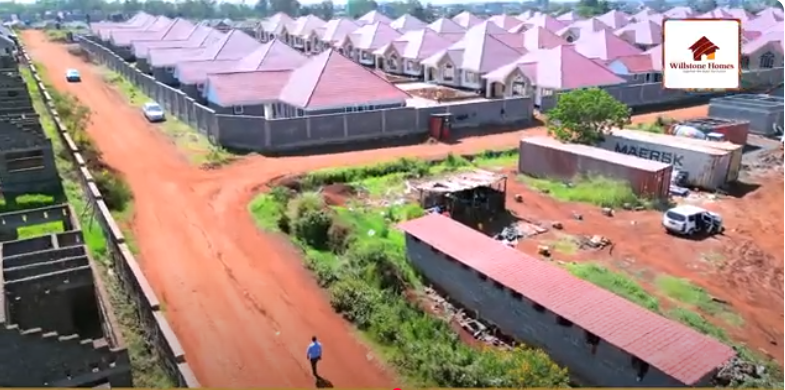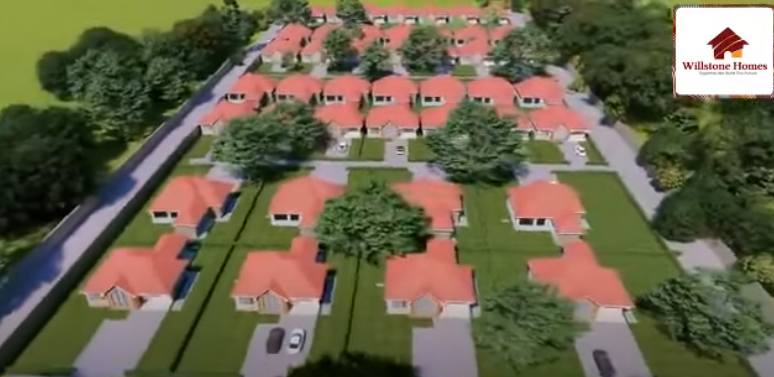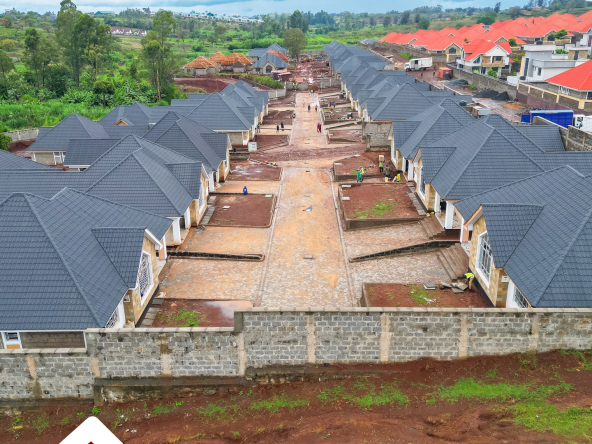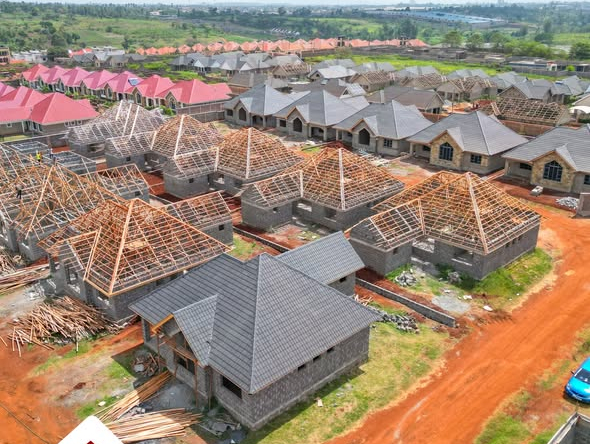Walk through Nairobi’s Karen, Kiambu’s Runda, or the rising estates in Athi River, and you notice something striking. The gates don’t just keep people out — they keep people in. Inside, residents live in curated pockets of safety, order, and convenience. Outside, the once-fluid exchanges of neighbourhood life — children running to borrow sugar, street vendors calling out, spontaneous evening chats at the gate — are thinning out.
This isn’t just a property story. It is about how gated communities in Kenyan cities are reshaping cultural norms, altering neighbourly bonds, and redefining what it means to belong.
From the “open homestead” to the “curated bubble”

Traditional Kenyan life was built on porosity. In rural villages and older estates, homes were extensions of each other. Gates existed, but mostly as decoration. A child could wander into a neighbour’s compound without question. Weddings, funerals, and harambees cut across households, weaving people together in ways that made survival possible.
Today, gated communities in Nairobi, Kiambu, Mombasa, and Kisumu represent the opposite model: curated bubbles where interaction is limited and choreographed. Access is mediated by guards, passes, and codes. The neighbour next door may remain a stranger for years.
This is not accidental. Developers market estates as “controlled environments” where only a select demographic can belong. In doing so, they are not just selling homes; they are selling a new social contract.
Estates as new “tribes”
Gated communities are more than real estate; they are cultural filters. They sort people by income, lifestyle, and sometimes ethnicity.
Studies of Nairobi’s housing patterns show that higher-income gated estates attract homogeneity — families with similar schooling choices, consumption habits, and political leanings. In some cases, residents even share professional networks, making estates act like career accelerators.
The paradox is clear: inside, there is belonging. Nationally, however, fragmentation deepens. Estates become “new tribes,” shaping children’s identities while narrowing their exposure to the country’s cultural and economic diversity.
A child raised in a controlled estate in Kiambu may never meet peers from the informal settlement across the bypass. Their playgrounds are landscaped lawns, not dusty communal fields. Their sense of normal is private swimming lessons, not communal football on an open patch of grass.
The erosion of communal practices
Gated estates reshape — and in some ways erode — long-standing Kenyan traditions of collective life:
- Spontaneous socialization disappears. Where it was once normal to “drop by” a neighbour’s house, estate living makes such visits feel intrusive. Interaction is pre-scheduled, often through estate WhatsApp groups.
- Funerals and harambees become privatized. Instead of the whole neighbourhood pitching in, estates often handle contributions internally, keeping community solidarity confined within the walls.
- Shared spaces vanish. Village commons, grazing lands, and public wells are replaced by private gyms, clubhouses, and boreholes. The communal ethos that built trust across income levels erodes.
At the same time, new forms of culture emerge. Estate WhatsApp groups serve as digital village squares. Children grow up with “estate identities,” shaped by clubs, organized sports, and even neighbourhood security drills. In some upscale projects, organic food markets and yoga sessions become the new communal rituals — hybrid traditions mixing Kenyan and global lifestyles.
Data snapshot: the rise of gated living
| Year | Estimated gated estates in Nairobi Metro | % of middle-class buyers preferring gated estates |
|---|---|---|
| 2000 | Fewer than 50 | ~20% |
| 2010 | ~200 | ~45% |
| 2024 | 1,000+ | ~70% |
(Compiled from KNBS housing data, property developer reports, and academic urban housing studies)
The numbers show what the eye sees: gated living is no longer an upper-class quirk but the dominant urban housing model for Kenya’s middle class.
The psychology of walls
Urban sociologists argue that gated estates change how people think about safety. Security stops being a shared societal good and becomes a privatized product. Families inside gates often describe feeling not just safe, but superior to those outside.
This mindset quietly hardens social divisions. In Nairobi, the divide is not only between rich and poor, but between those “inside” (with guards, amenities, and order) and those “outside” (subject to crime, noise, and unpredictability).
Psychologists also note that children raised in estates internalize “wall thinking” — the idea that strangers are threats and the world outside is unsafe. This can affect how future generations approach social trust and citizenship.
Voices from inside the gates
Janet, a young mother in Syokimau:
“I love that my kids can cycle without me worrying. But I also feel we are raising them in a bubble. They don’t know how the real Nairobi feels.”
Joseph, an estate manager in Kiambu:
“The biggest fights are not about security, but about dogs, parking, and noise. People bring their urban stress inside. Sometimes it feels less like a community and more like a shareholders’ meeting.”
These voices reveal the complexity: gated living offers relief but also creates new forms of stress and separation.
What Kenya gains
- Order and predictability. Residents enjoy reliable infrastructure — better roads, water systems, and garbage collection than most municipal services.
- Stable property values. Gated homes tend to hold or appreciate in value, providing security for investors.
- Controlled environments. Noise, hawking, and informal sprawl are minimized, giving residents peace of mind.
What Kenya risks
- Weaker national cohesion. As people retreat behind walls, broad-based social trust erodes.
- Cultural silos. Estates foster micro-cultures disconnected from Kenya’s collective ethos.
- Exclusion. Informal workers, vendors, and lower-income neighbours are shut out, deepening inequality.
- Loss of civic responsibility. When residents solve problems internally, they disengage from public institutions, weakening accountability in city governance.
Beyond the gates: possible futures
The gated trend is unlikely to reverse. But the question is: can Kenya integrate this model without tearing its social fabric further?
- Mixed-income estates. Developers could experiment with mixed housing units within one gated space, allowing diversity while maintaining order.
- Public–private integration. Estates could contribute to nearby public infrastructure — schools, clinics, water — ensuring walls don’t isolate but also enrich surrounding communities.
- Shared cultural spaces. Instead of private-only amenities, estates could create open days, markets, or sports events that welcome outsiders, softening social divides.
Kenya’s housing future may look quieter, safer, and more polished inside the gates. But the cost of silence is high. Gated communities in Kenyan cities are redrawing identity, eroding communal traditions, and deepening cultural silos.
The challenge is not whether gates exist — they are here to stay — but whether Kenya can design them to guard not only homes but also humanity. If left unchecked, the country risks building silent cities: secure yet isolated, prosperous yet fragmented. The task ahead is to balance the legitimate need for safety with the deeper Kenyan need for community.




